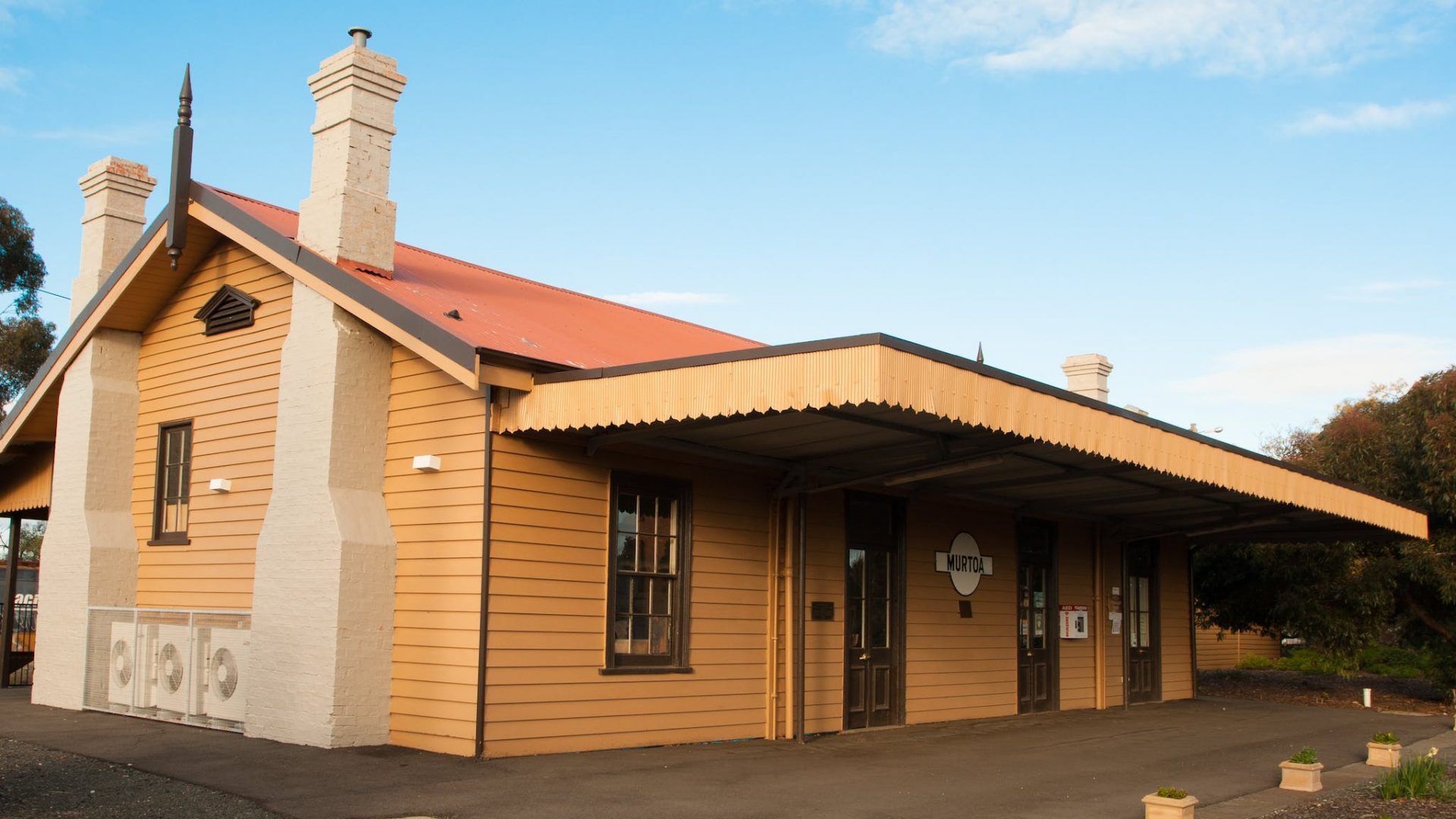Cottage Industry: An Overview of Small-Scale Manufacturing

The cottage industry, also known as home-based or rural manufacturing, refers to the production of goods in small quantities by individuals or families in their own homes or small workshops. In the past, cottage industries were prevalent in many parts of the world, where people used to produce a variety of handmade products, such as textiles, pottery, and handicrafts. Today, the cottage industry has evolved into a small-scale manufacturing sector that plays a vital role in the local economy. In this article, we will explore the history, benefits, and challenges of cottage industries, along with some examples of successful cottage industry businesses.
History of the Cottage Industry
The concept of the cottage industry dates back to the Middle Ages when families used to produce goods in their homes to supplement their income. The Industrial Revolution brought a significant change in the manufacturing sector, and the traditional cottage industries were replaced by large-scale factories. However, the idea of the cottage industry was revived in the 20th century, and today it is a thriving sector, especially in developing countries.
Benefits of the Cottage Industry
The cottage industry has several advantages, both for the producers and the consumers. For the producers, it … Read More


